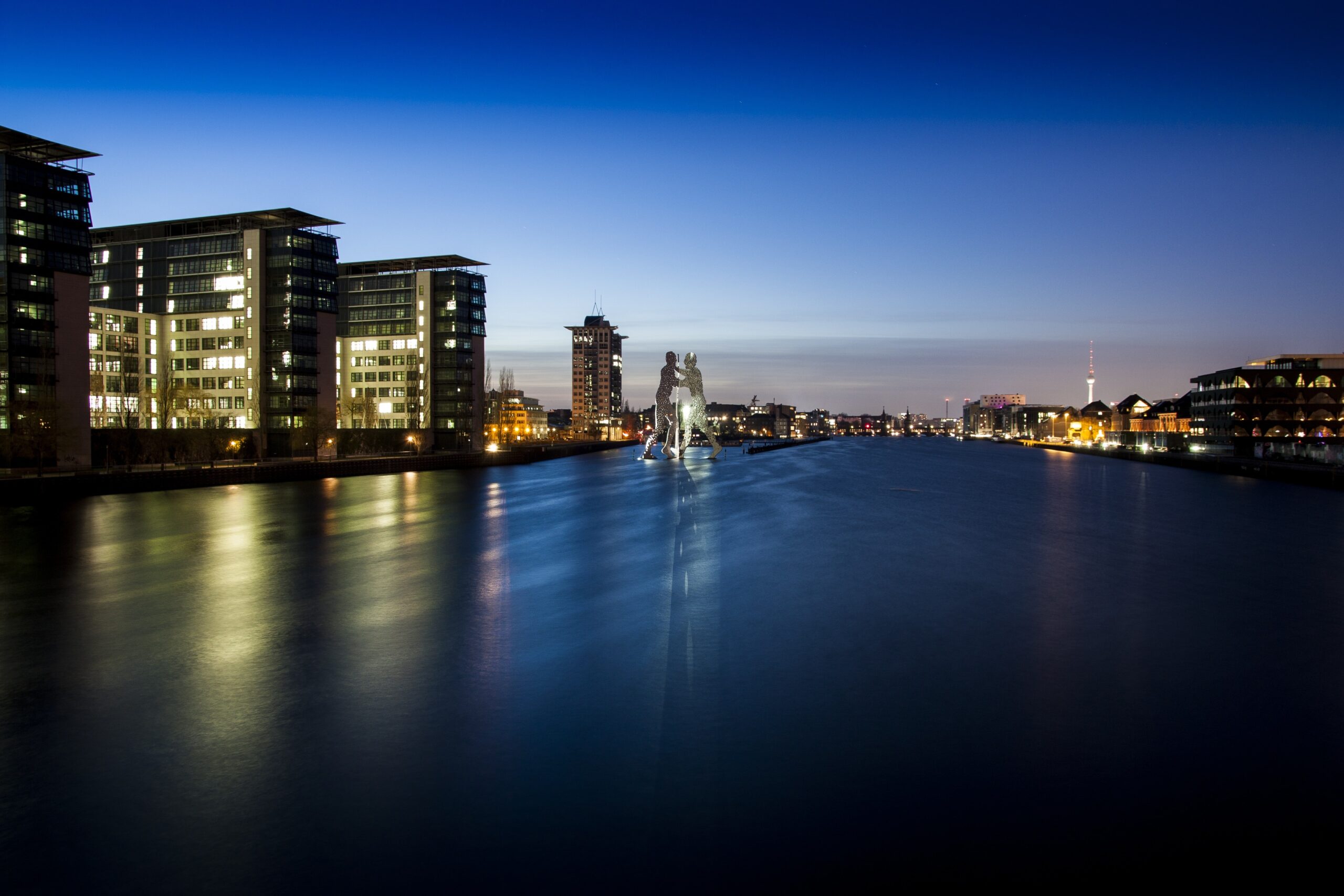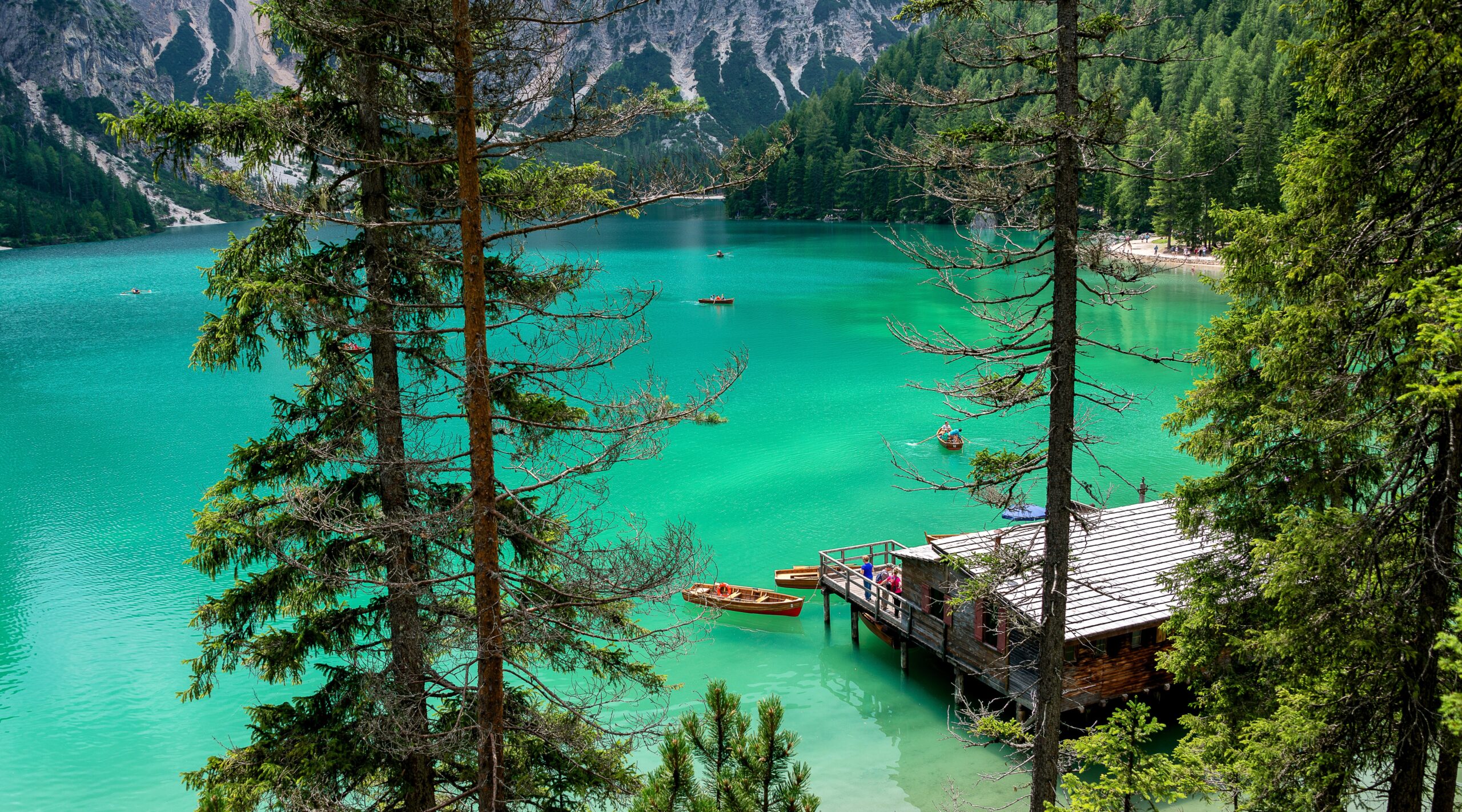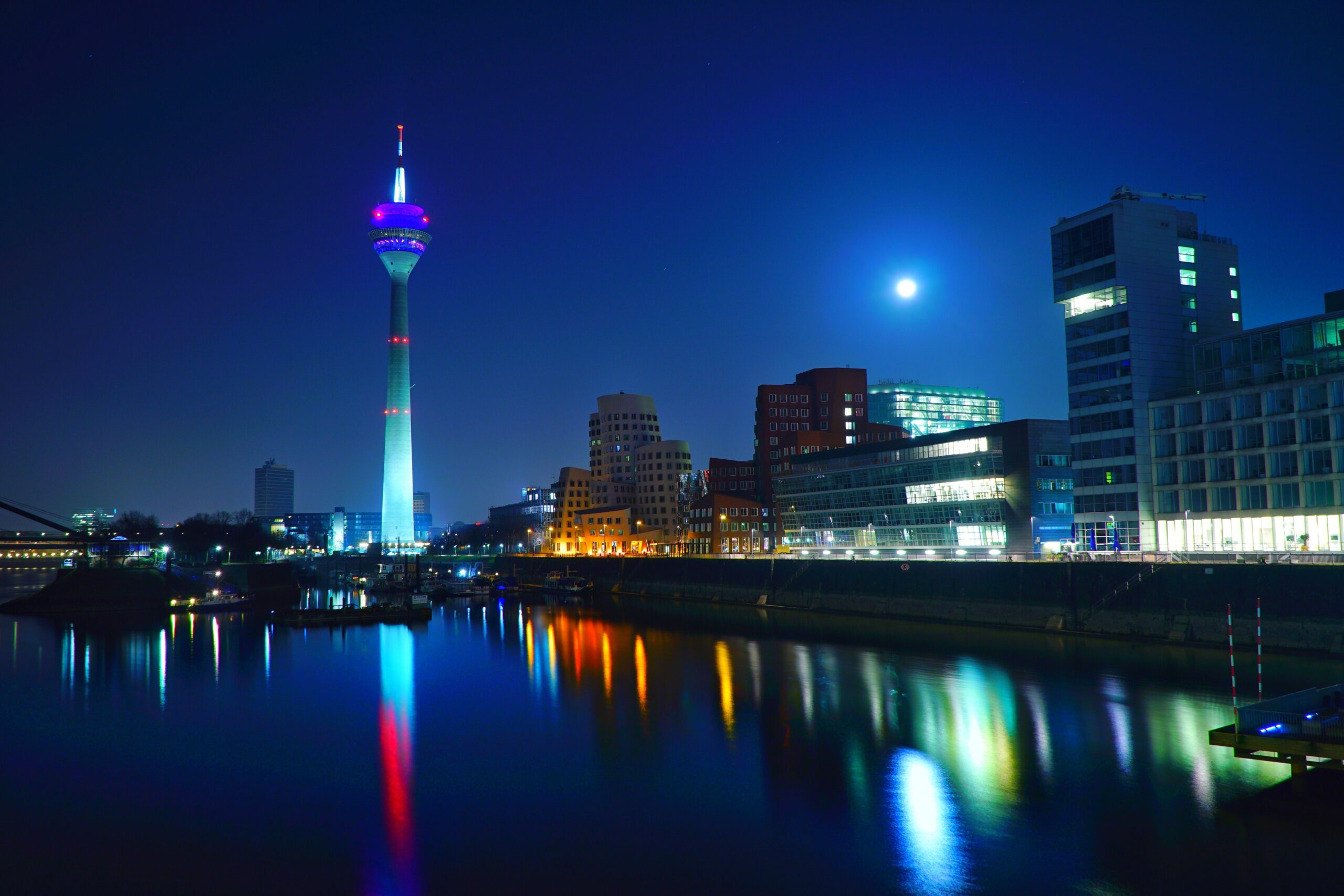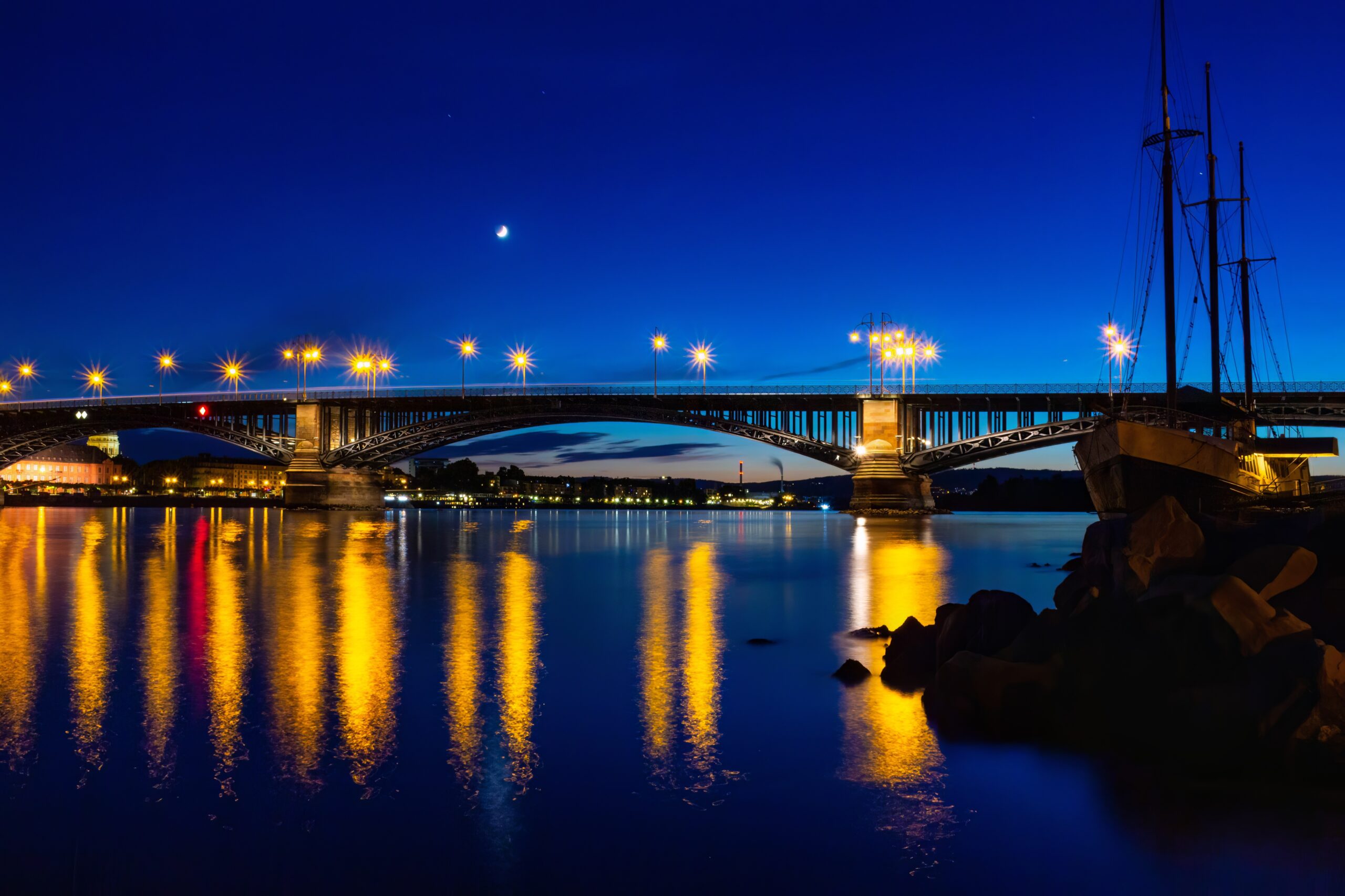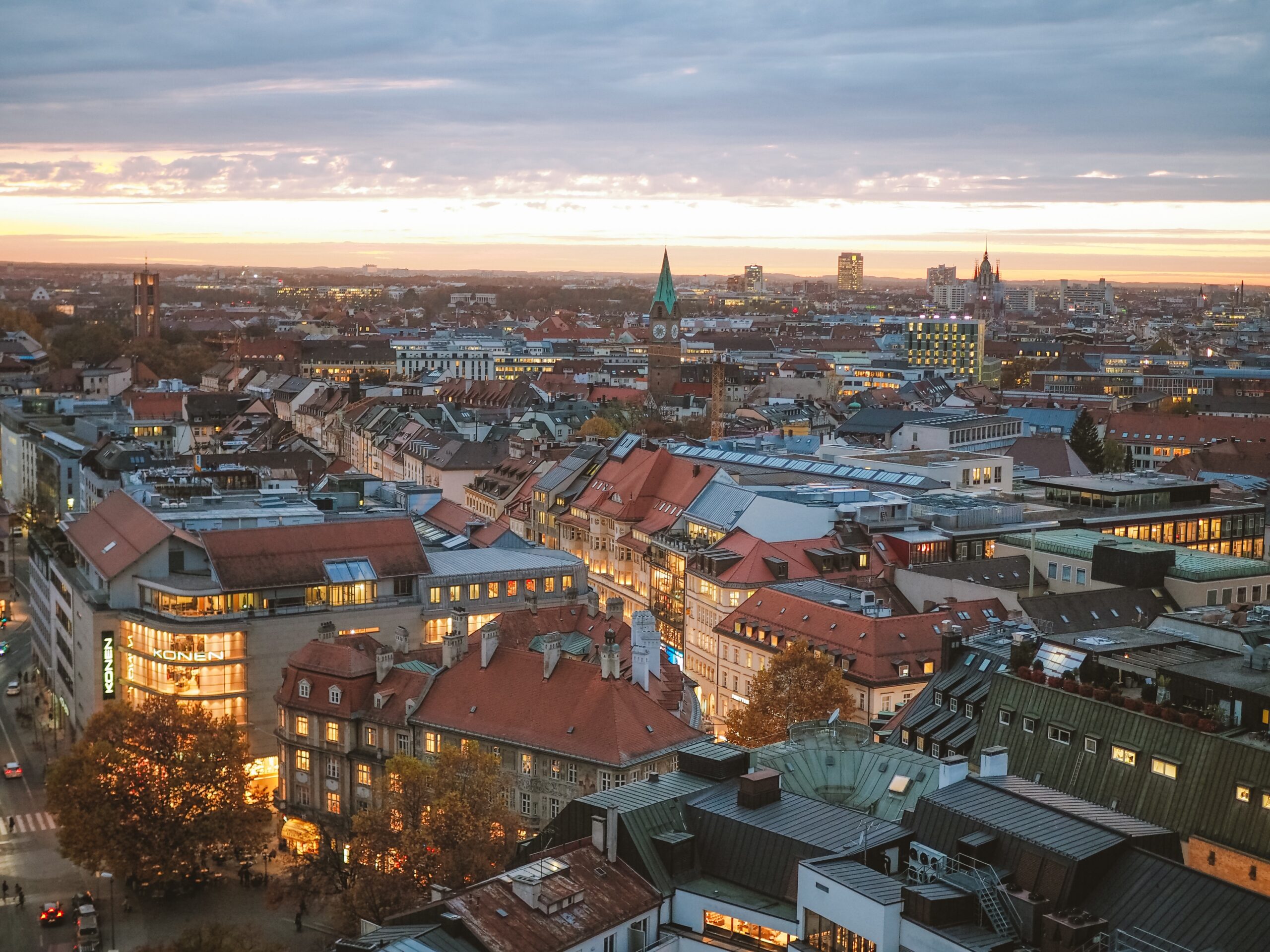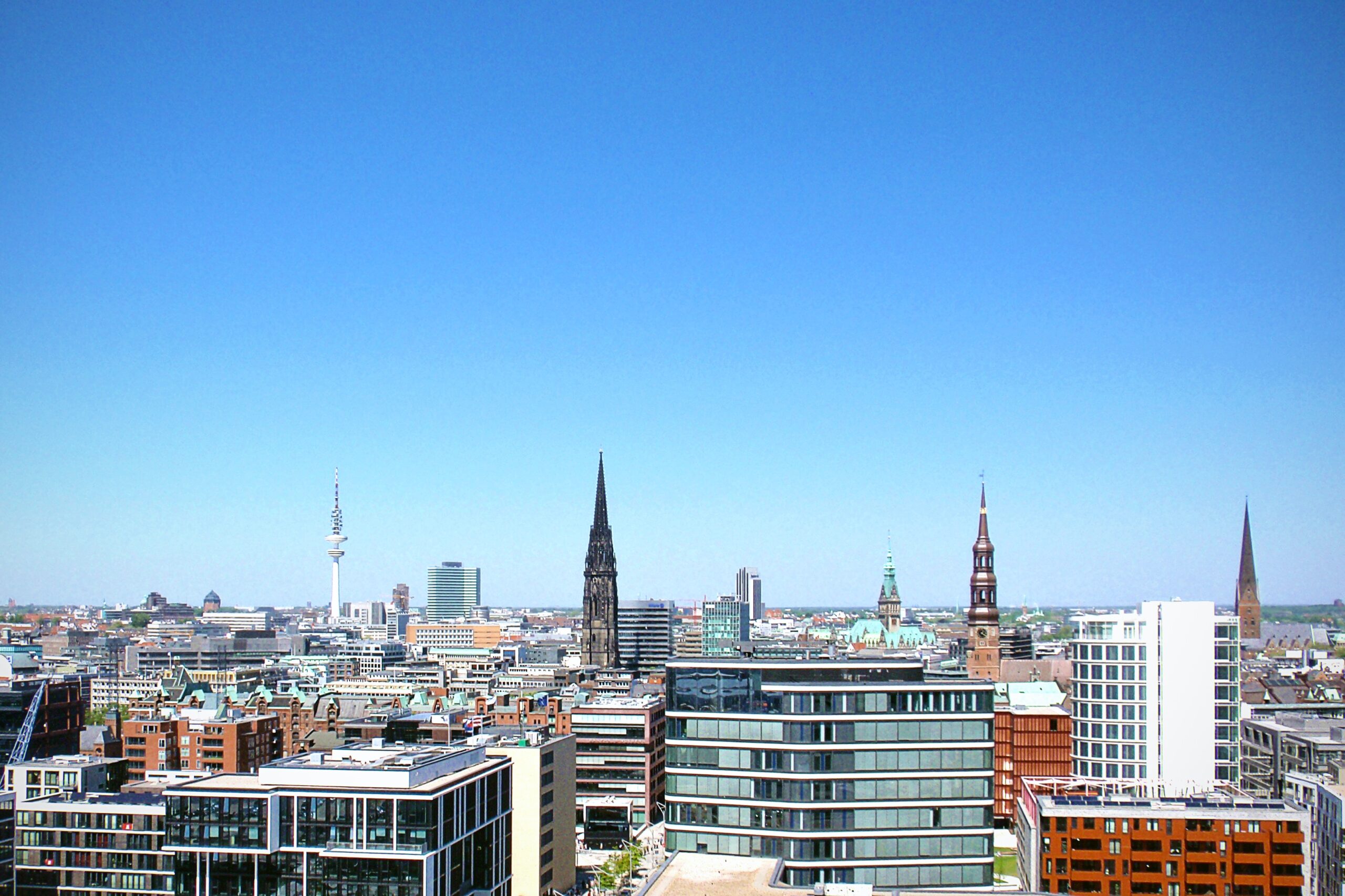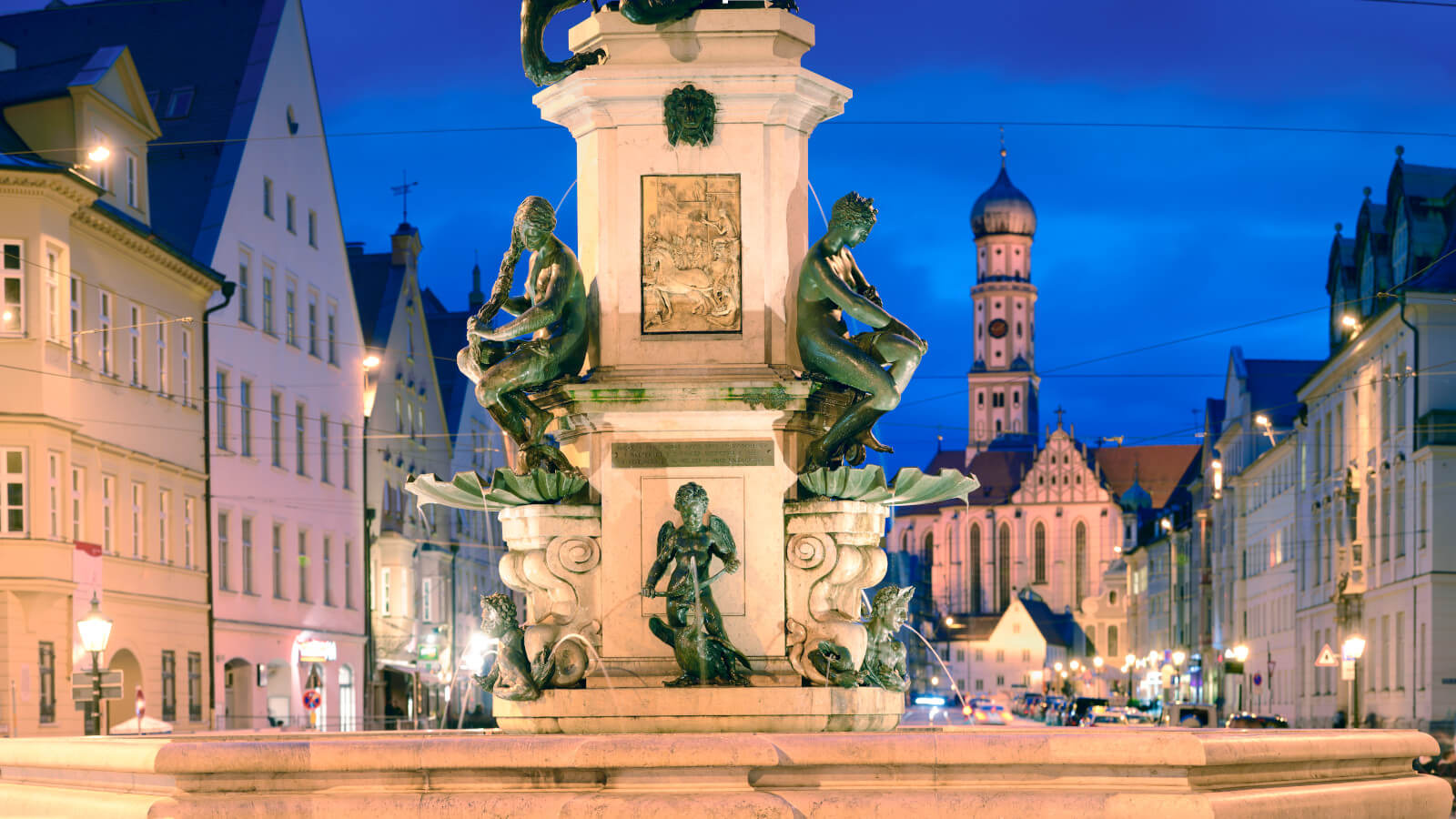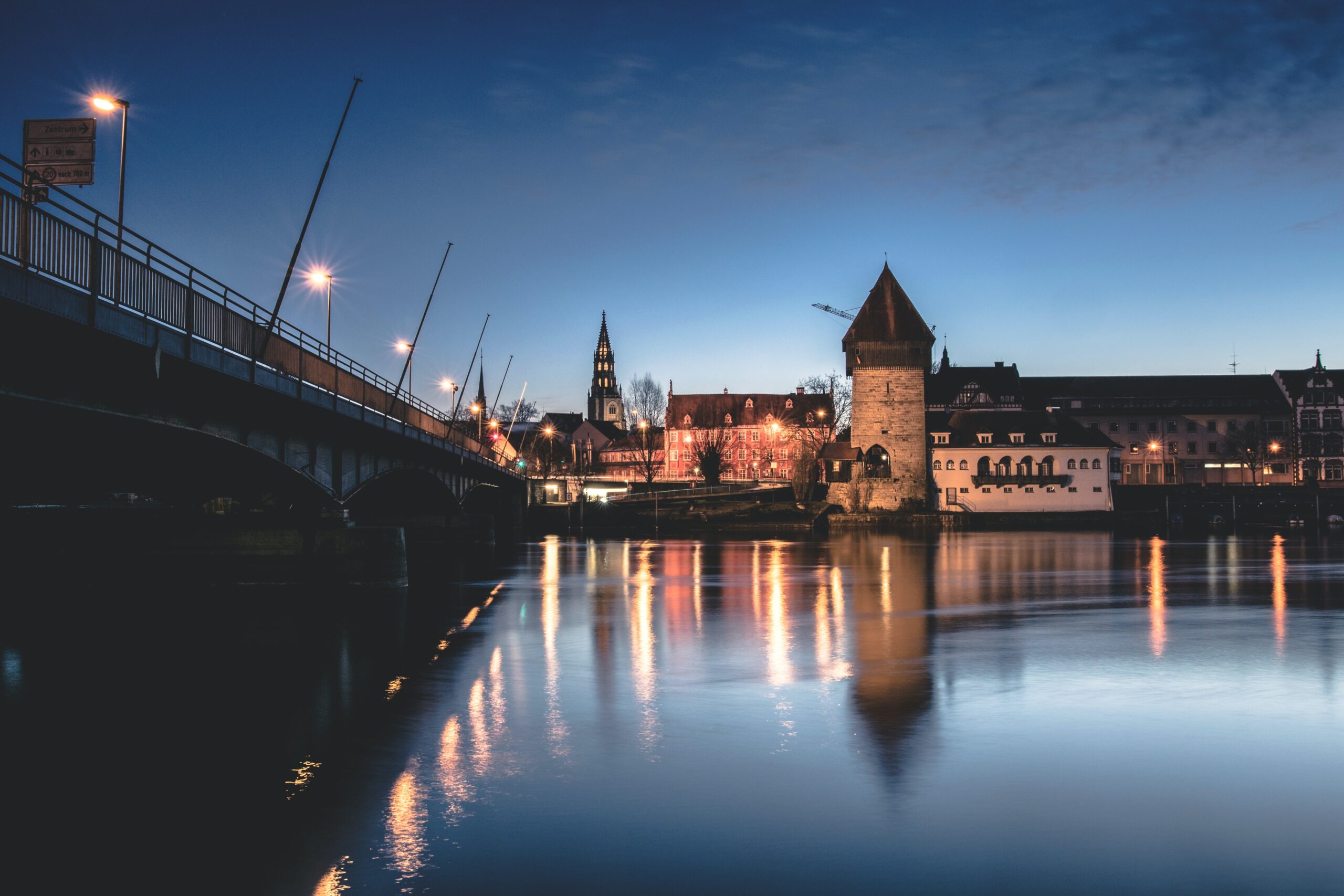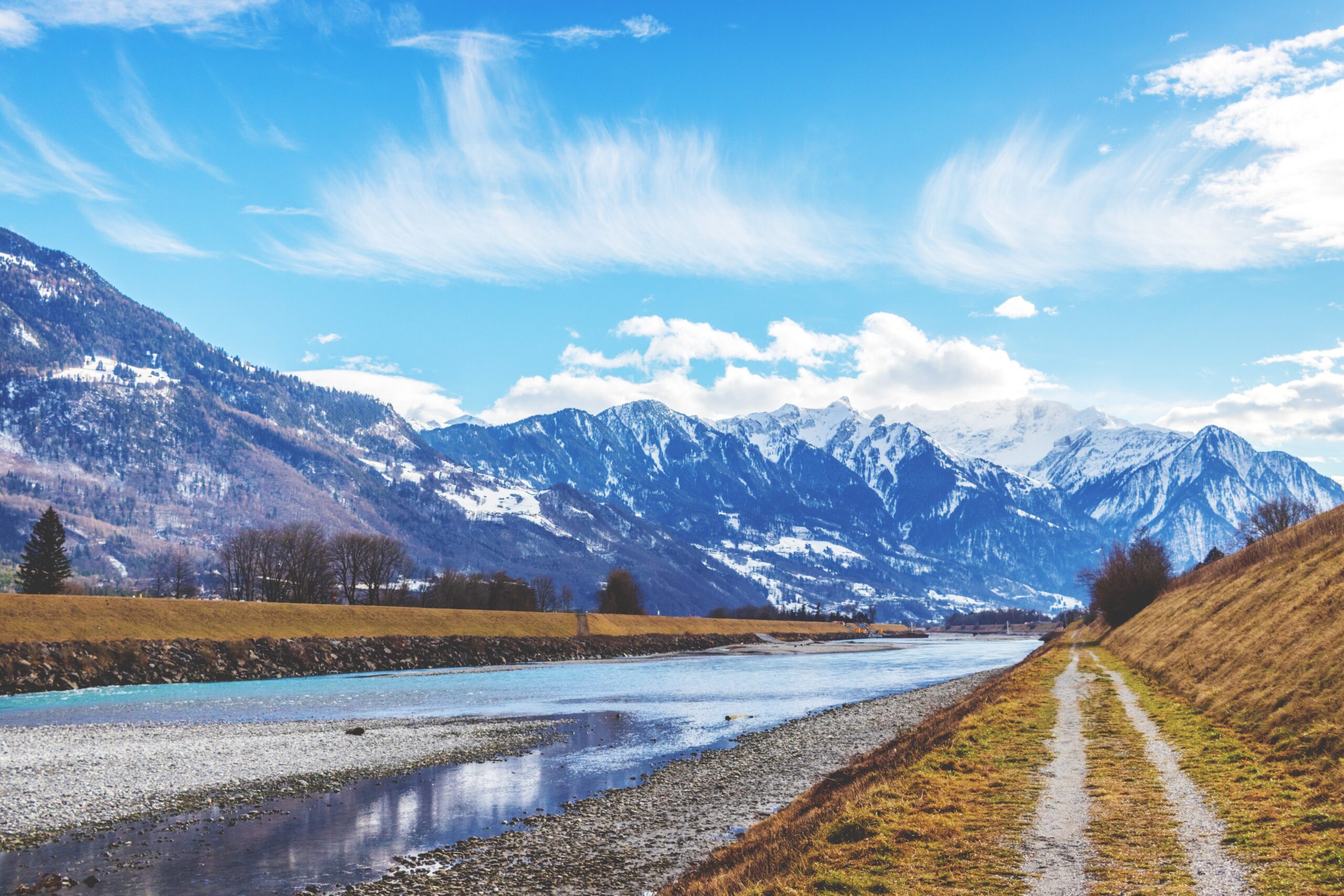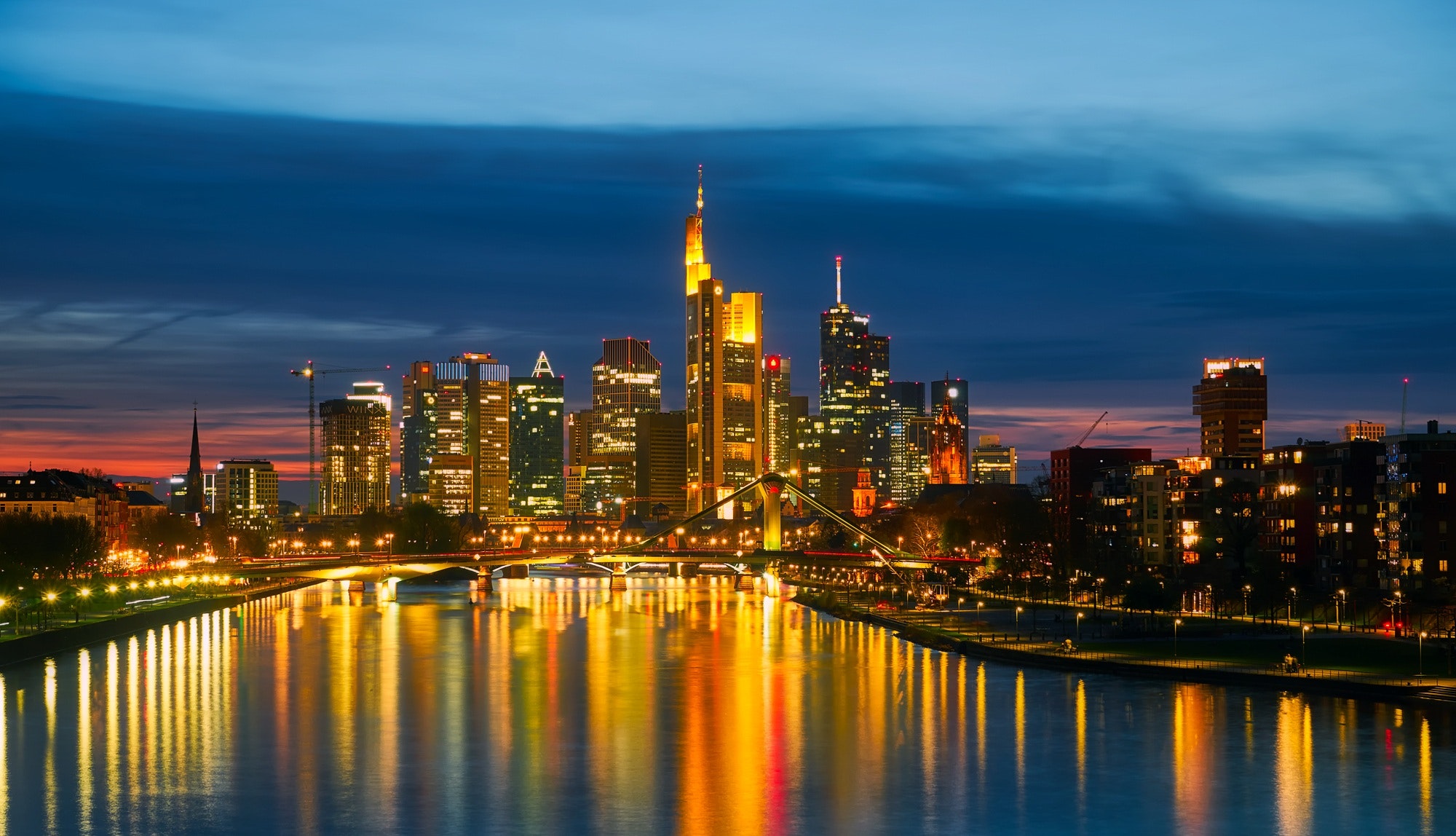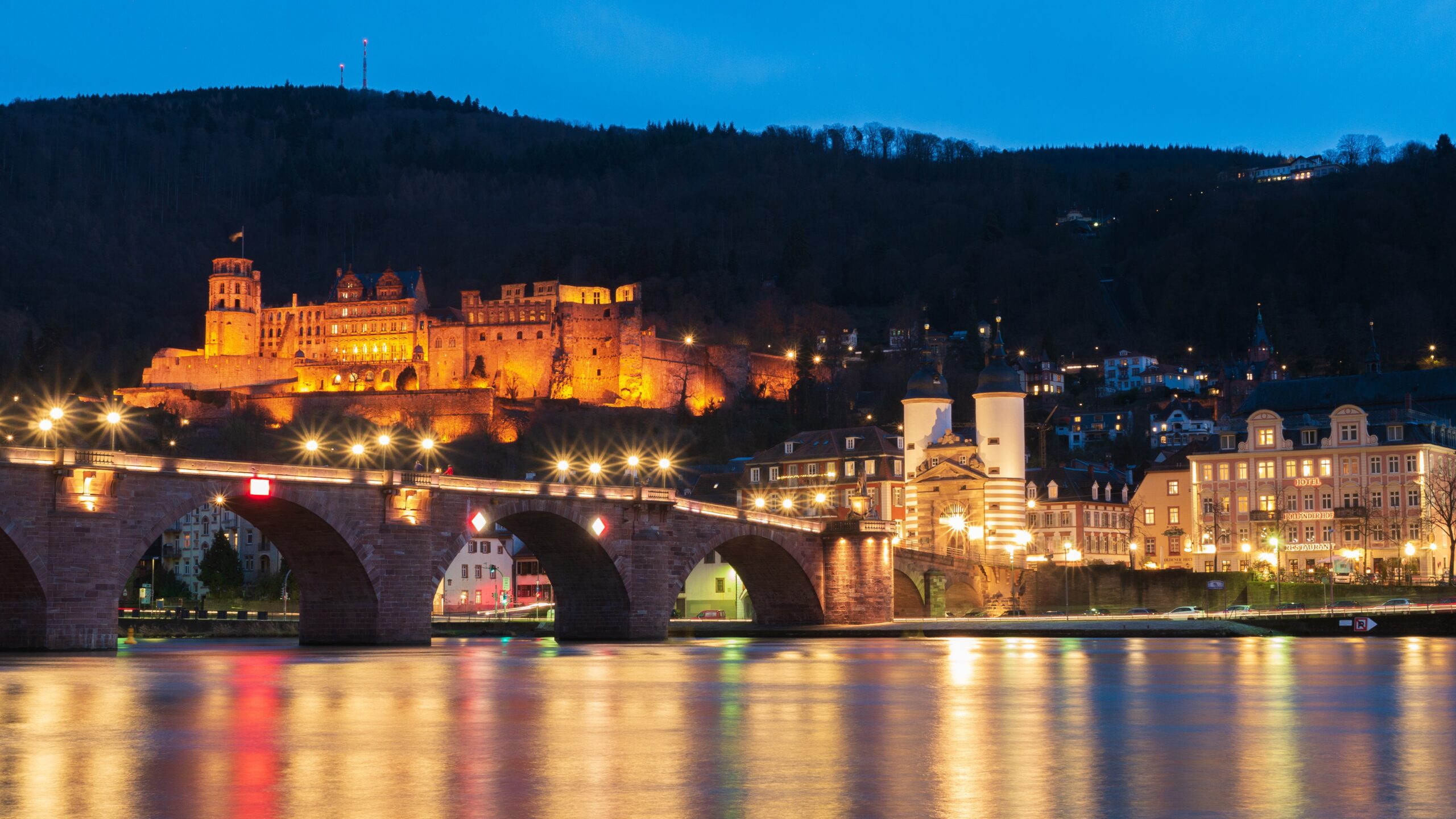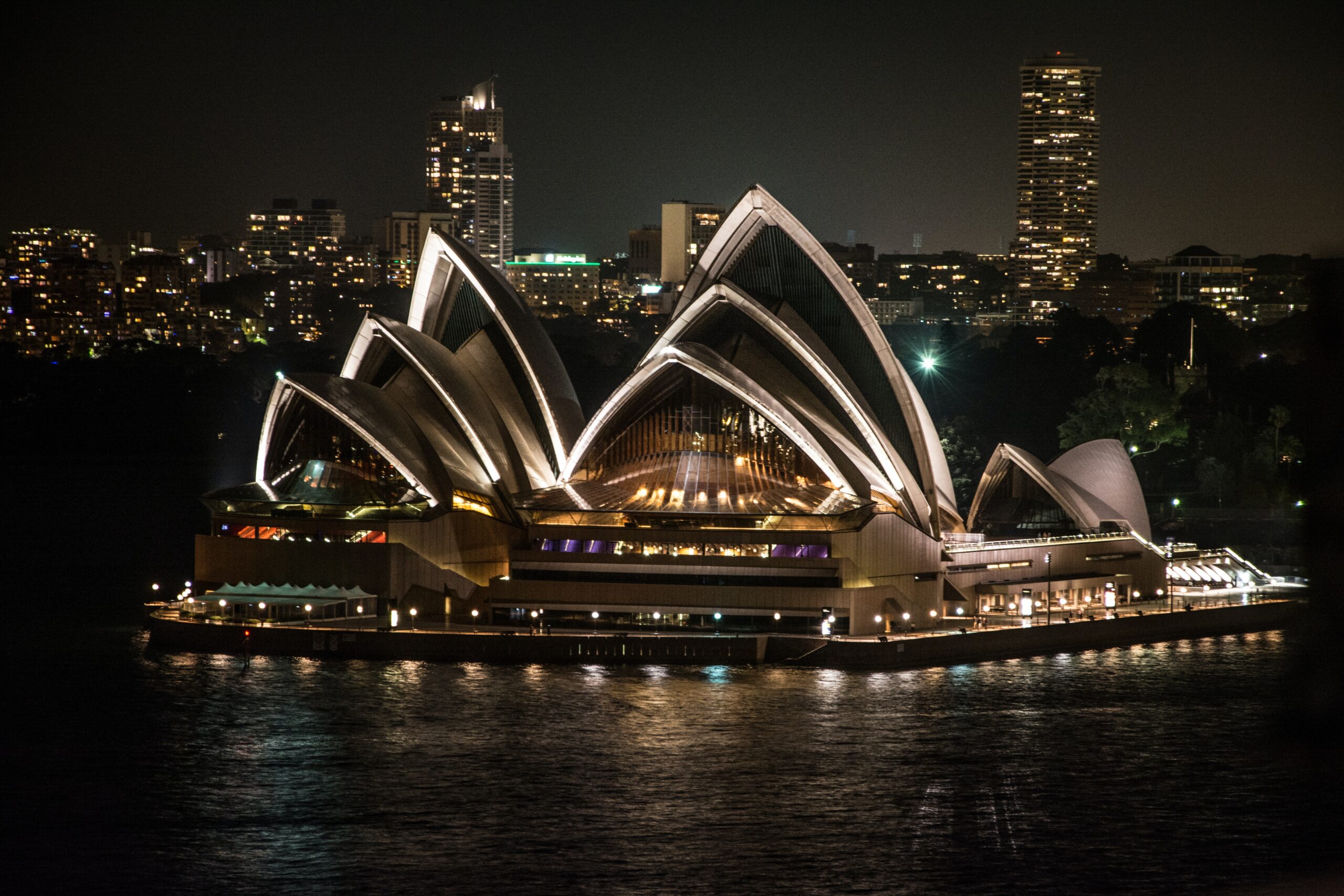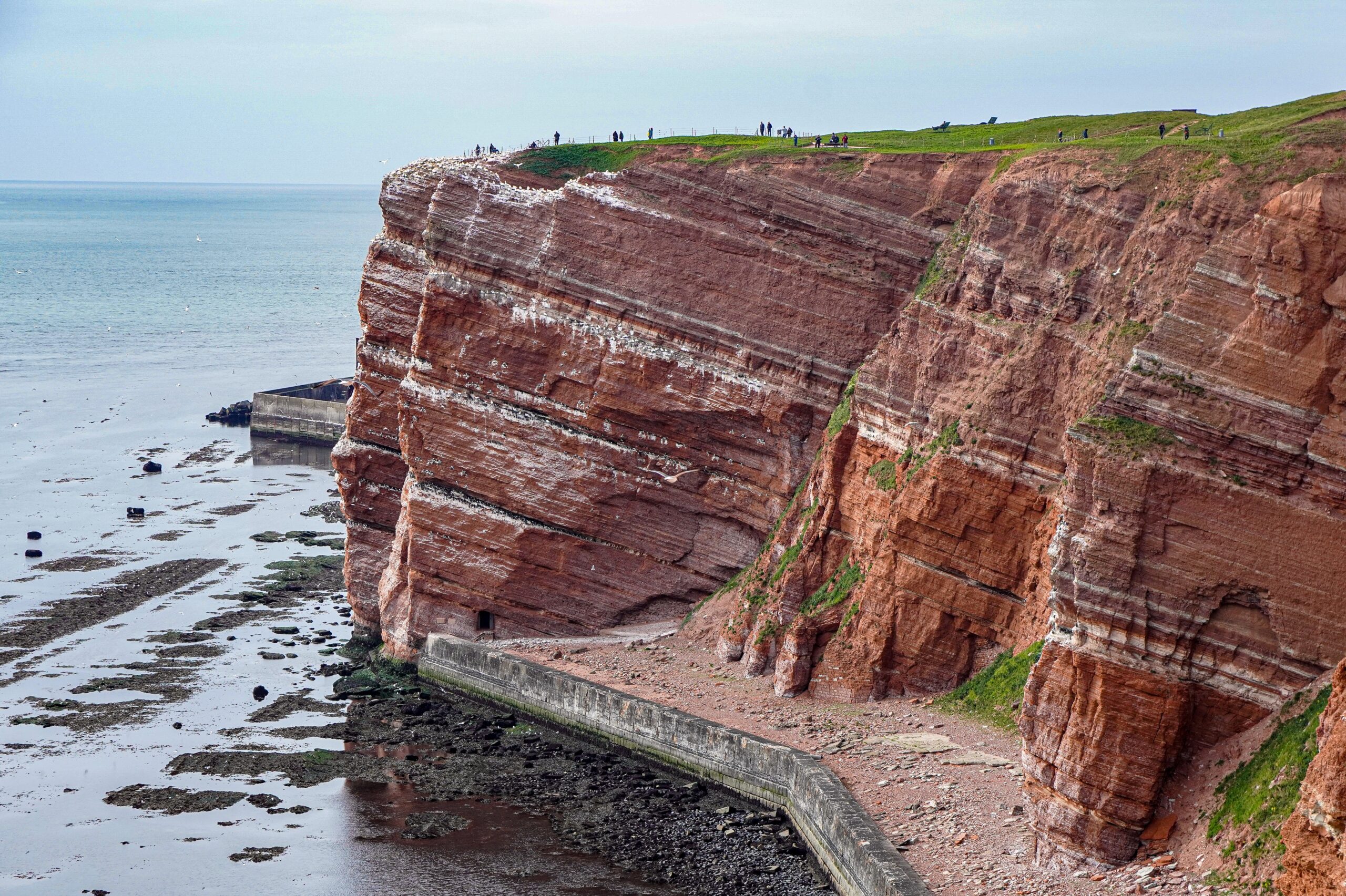Region
Western Europe

Best Time to Visit
Germany
- Season(s): Summer
- Month(s): May-September

Uniquely Popular For
Germany
Oktoberfest (starts in Mid-September and ends on 4th October), Cathedrals, monuments, palaces & castles, a food palate that Germans pride themselves for – beer, bread and sausages; car museums, music festivals, rich cultural history, Freikoerper kultur (free body culture), Music Festivals: Melt! (EDM), Splash! (hip-hop) and the world-famous Lollapalooza

General Tourist Attractions
Germany
- One of the most iconic sights in the world, Brandenburg Gate, Berlin; this neoclassical monument needs to be seen to be believed.
- No visit to Berlin can be complete without a trip to the site of the remaining Berlin wall and gaining the best view of the city from the Berlin TV Tower.
- More to see in Berlin include:
- 1. Checkpoint Charlie, an allied crossing point between West and East Germany during the Cold War.
- 2. Museum island, set in the middle of the river Spree sit 5 of the finest museums in modern Germany – Pergamon Museum, Bode Museum, Neues Museum, Alte Nationalgalerie and Altes Museum.
- 3. Created in memory of the 6 million Jews killed by the Nazi regime, Holocaust Memorial offers a tranquil place to pay your respects to the fallen.
- 4. Tiergarten in the East and Zoologischer Garten in the West are recognised as one of the Berlin’s finest parks. It is the perfect spot to while away a summer day in the city.
- 5. Reichstag, the site of the German parliament, and while still fully operational, visitors are able to tour the iconic building.
- 6. A museum covering the site of the head office of the Gestapo and SS during the Nazi regime, the Topography of Terror, stands by its name to run a chill down your spine.
- As iconic as the city, Spielbank Casino, Kurhaus, Baden-Baden is home to one of the most beautiful casinos in the world. The Kurgarten (Spa Garden) is like the centre of Baden-Baden. Kurpark is one of the prettiest places you can find on Earth. It boasts of over 300 varieties of trees, among them chestnuts, oaks and maples.
- Housing more in Baden-Baden:
- 1. Lichtentaler Allee, an arboretum and park in the heart of the city. It is one of the most scenic places in the town, the highlight being the two-mile long avenue on the side of river Oos.
- 2. The Baden-Baden Museum is just the ideal place for those who want to know the history of this interesting city.
- 3. The Hohenbaden Castle, often referred to as Altess Schloss was built in 1102 and is one of the main attraction sites in the city.
- 4. Festspielhaus (the Opera House) in Baden-Baden is not only known in Germany but also across the globe.
- One of the most famous food markets of the world, Viktualienmarkt, is located in the heart of Munich since more than 200 years.
- Going ahead with what more Munich offers:
- 1. The Munich Residenz is a former royal palace, which was home to Bavarian monarchs and is located in the centre of Munich.
- 2. Englischer Garten – This is a large green space in the heart of Munich, which is larger than both Hyde Park in London or Central Park in New York.
- 3. Alte Pinakothek – This art gallery is located in Munich and is one of the oldest art galleries in the world.
- 4. Allianz Arena is a must-see for any football fans.
- Rothenburg ob der Tauber has a Christmas Museum that seems as if it was simply built for Christmas, with its medieval architecture and cobbled areas.
- Moving on with Rothenburg ob der Tauber’s other attractions:
- 1. A must-do while here is to take a fascinating walk around the walls encircling the town.
- 2. Visiting the Mittelalterliches Kriminalmuseum or the Medieval Crime Museum offers people of all ages a fascinating experience.
- 3. Plönlein-means; Little Square; in German, the place is actually nothing more but an intersection.
- 4. He Rathaus, the Rothenburg Town Hall dominates the Market Square with its imposing architecture.
- 5. Besides its splendid medieval architecture, Rothenburg ob der Tauber also boasts lovely gardens and parks, known as Burggarten in the local language.
- Beer Safari is tradition in Germany as it has a rich heritage in producing craft beers. Each region has its own speciality and Dusseldorf is no different.
- More to visit in Dusseldorf are:
- 1. The Old Town (Altstadt) where there are few better ways to get some sun and take in Dusseldorf than a leisurely walk to the Old Town.
- 2. The St. Lambertus Basilika, one of the most beautiful churches the city possesses out of the many.
- 3. The Media Harbour, close to the Rhine Promenade, where one can observe what makes Dusseldorf such a unique blend of old and the new, as the surroundings fill with breath-taking state of the art architecture.
- 4. North Park - what may surprise many people about Dusseldorf is that beyond the incredible architecture, there is some equally wonderful landscape.
- 5. The Palatial Benrath Palace will leave you spellbound with its grandeur.
- The Mainz Cathedral (Dom), for over 1,000 years has cut an impressive figure across the city skyline.
- Mainz has some great Farmers Market and other lively attractions such as:
- 1. Gutenberg Museum, Northeast of the Mainz Cathedral is the Gutenberg Museum. Here the story of the city’s most famous son Johannes Gutenberb is revealed.
- 2. The one-day travel ticket (KD Rhine Pass) allows travellers to ride any of the KD ships for the day, as the cruise takes you between Mainz and Cologne.
- Hamburg houses Miniatur Wunderland, home to the biggest model railway in the world, it is an exhibit to tarry over.
- Speicherstadt area is a logical place to visit after a trip to Miniatur Wunderland. Visitors familiar with Liverpool may see some resemblance between areas of that city and the Speicherstadt’s tall, red-brick, nineteenth-century warehouses.
- One can’t leave behind this in the list while visiting Hamburg:
- 1. The Beatles-Platz, in the St Pauli quarter. Paved to resemble a black vinyl record, it boasts a statue each of John Lennon, Paul McCartney, George Harrison, and Stuart Sutcliffe.
- 2. Operettenhaus, a musical theatre that has put on several Andrew Lloyd-Webber hits, all have their home here.
- 3. Reeperbahn, known predominately for being Hamburg’s infamous red-light district, the street is home to a variety of strip clubs, sex shops, and brothels.
- 4. Kunsthalle gallery, which finds space for the old masters, including an exhibition of sixteenth-century Venetian art, alongside twentieth-century talent.
- 5. Deichtorhallen, a gallery that focuses exclusively on contemporary artists.
- 6. Hauptkirche Sankt Michaelis, or St Michael’s Church, is a Hamburg landmark. For centuries, ships have used its copper spire to guide them up the Elbe, and into port.
- 7. The Alster Lakes, right in the centre of the city, offer endless options for quieter entertainment
- Lego fans can rejoice as Legoland Germany is at Günzberg, just 30 miles from Augsburg. There are water attractions, roller coasters and the full-on Lego experience.
- Augsburg zoo is very much a modern, animal-friendly zoo. The animals have natural and spacious habitats, and the zoo is involved in over 20 international breeding programmes for endangered species – the animals, include white rhino and elephants.
- Historically, Ausburg has more to provide from diesel factories from the 1840s for their exemplary engineering skills to this:
- 1. Augsburg Cathedral dates from the eleventh century originally. There are pillars in the nave which have paintings dating from 1493, by Hans Holbein and the cathedral also contains the Bishop’s Throne,
- 2. Augsburg synagogue, which was renovated in the 1980s and became a place of worship again.
- The Margrave’s Palace (Markgrafenschloß) or Residenz Ansbach (Ansbach Residence) is a great starting point for understanding the history of Ansbach.
- It can get quite adventurous for aficionados of the German past:
- 1. The Orangery and Garden were built as the gardens to the Margrave’s Palace, although they are placed a short walk away from each other.
- 2. The Raubtier- und Exotenasyl Ansbach (located south of the city in nearby Wallersdorf) is hugely exciting.
- 3. The Markgrafen Museum is an essential visit. It offers comprehensive exploration of all things Ansbachian, including a study of the Mystery of Kaspar Hauser.
- 4. Dating back to 750AD Saint Gumbertus is so closely associated with Ansbach that it is considered an emblem of the city.
- Konstanz can be explored for Konstanz Minster, the proto-cathedral of the former diocese of Konstanz or the Rosgarten Museum.
- Apart from this, one can also check for:
- 1. The Imperia concrete statue is nine metres (30ft) high, weighs 18 tonnes and, very slowly, rotates on its plinth.
- 2. Lake Constance, Known as ‘Bodensee‘ in German, the freshwater lake sits in the middle of Germany, Austria and Switzerland, right next to the majestic Alps.
- Monument to the Battle of the Nations (Volkerschlachtdenkmal) is considered the landmark of Leipzig and commemorates the defeat of Napoleon in the 1813 Battle of Leipzig.
- Renaissance style architecture isn’t the only thing worth paying attention to in Leipzig:
- 1. The St Nicholas church, which is the largest church in Leipzig and also the starting point for the peaceful revolution in 1989.
- 2. St. Thomas Church is notable because it’s where the musician, Bach, served as a cantor from 1723 until his final death in 1750.
- 3. The Russian St. Alexej Memorial Church honours the Russian soldiers who died in Napoleonic wars.
- 4. The Bach Museum honours the famous musician who lived in Leipzig most of his life.
- 5. The Runden Ecke (or Stasi Museum) is the location of the former Stasi headquarters.
- 6. The Museum der bildenden Kunste (Museum of Fine Arts) features paintings from as early as the 15th century until today.
- 7. Leipzig Zoo is one of the largest and renowned zoos in Germany.
- Römerberg and Dom (Cathedral) located right next to it are arguably the most iconic historical sight in the old centre of Frankfurt.
- Frankfurt’s Main Tower, at 200m the building houses Frankfurt’s highest public viewing platform, and also has:
- 1. Goethe Haus und Museum, birthplace and former home of Germany’s most influential author and poet, it is now a museum dedicated to the life and works of Goethe.
- 2. Architektur Museum, located in the city where half-timbered houses stand back-to-back with some of Europe’s tallest skyscrapers.
- 3. Eiserner Steg Bridge, with nearly 150 years of history and having been rebuilt twice, is the best place to experience the river Main and see the skyline unobstructed with a gentle breeze.
- 4. Schirn Kunsthalle, located between Römerberg and Dom, is a modern art museum that has enough to keep visitors entertained throughout the day.
- 5. Look no further to get an idea of local life, Mainkai Street runs parallel to the riverfront and is a perfect location to visit for outdoor activity enthusiasts.
- 6. Visit the well-known home of the European Central Bank, Eurotower, and take a picture in front of the large blue ‘€’ sculpture.

Memorable Pursuits
Germany
- Outdoor enthusiasts will find the Jasmund Peninsula very captivating, because of its multi-faceted landscape, with sandy beaches, lagoons, farmlands and lush green hills.
- The Königsstuhl National Park is definitely not the one to miss, especially the Stubnitz deep forests, which dramatically end at a sheer chalk cliff that overlooks the sea at a height of 117 m.
- Oberwiesenthal – The highest town in the entire Germany, is a beautiful place suitable for skiers and other winter sport enthusiasts, providing something of interest to each individual.
- The towns of Garmisch and Partenkirchen are one memory of the 1936 Winter Olympics, which for the first time brought two town together to host the same.
- The Neuschwanstein, literally translated to New Swanstone Castle, rises from the trees below it with such grandeur.
- In Berlin, with legendary nightclubs, underground fashion outlets and even a cartoon museum to commemorate the Currywurst, you know you’re in for a fresh treat. Stroll down Kastanienallee to visit cafes, vintage shops, and street art.
- The scenic Black Forest rail route between Offenburg and Konstanz, It’s undeniably one of the most beautiful train journeys in Europe.
- Island of Sylt just five hours away from Hamburg, of sandy beaches westwards and the vast Wadden Sea eastwards, is filled with vibrant spa resorts perfect for health and witness.
- Nuremberg, after being Hitler’s favourite rally spot for his National Socialist Party in the past has since then become a pioneer base for human rights work and site of the monumental Nuremberg trials.
- Noted for its clear water and one of the cleanest lakes in the whole country (and there are a lot of lakes in Germany), a paddle boat session at the Konigsee will definitely be a highlight.
- At Mainau, imagination is manifested in reality. This beautiful island located near Konstanz is a must-visit if you’re in Southern Germany.

Something Leisurely
Germany
- Join a walking tour or go on a self-exploration trip to the Rothenburg ob der Tauber, a town untouched since 1618, or indulge in a timeless experience walking through the picturesque lanes of the Plönlein.
- You may also want to stroll through the Baroque flower garden at the Sansscouci Park & Palace to Zen your mind.
- Bernstein Club is great for people who love to party until late night. It covers an area of 170 square metres and is located in the Casino Baden-Baden, allowing people to not only party and drink but also gamble.
- Shop till you drop in one of the Berlin’s premier shopping areas at Kurfürstendamm Street. This popular street contains high end German department stores such as KaDeWe, Peek and Cloppenburg.
- The Puro Sky Club is situated on the 20th floor with a spectacular 360 degree panorama of Berlin. With an eclectic mix of music from 80’s house to hip hop, you’ll be sure to find something to suit your taste. If you’re into rock and indie music be sure to check out the Duncker Club in the north of the city. This small venue packs a large punch, having hosted several legendary punk bands. It’s also one of the cheapest spots in the city for drinks.
- From the historic old town of Alstadt, there are plenty of stores to check out. Stores here specialise in all types of goods, such as handicrafts, candles, chocolates and all manner of things that would make excellent gifts or souvenirs.
- The “wine capital of Germany,” Mainz is the one place you can be assured to get a glass of something good. The Rieslings, for example, is a wine Mainz has particular expertise in. Take a stroll to a restaurant on the bank of the Rhine and experience some truly outstanding wine in one of the many taverns.

Quick Tip(s) from the Locals
Germany
- While at Oktoberfest, if you want a glass of beer, show up a thumb and if two beers, a thumb and a finger.
- Try not to freak out if you see people in just a cap or with only a newspaper as Germans believe in the free body culture and it’s a sign of being a true German.
- Many small business vendors, bars and restaurants don’t have card machines. Have your euros ready, or familiarise yourself with the ATMs in your area that charge the least interest when you draw. Always have cash on your person.
- While Berlin is full of the world’s languages, and most people speak English, that is not how it goes in the rest of the country, so it’s a good idea to have command of some basic phrases to help you feel not entirely lost. Remember, all road signs, shop signs and businesses are written in German.

